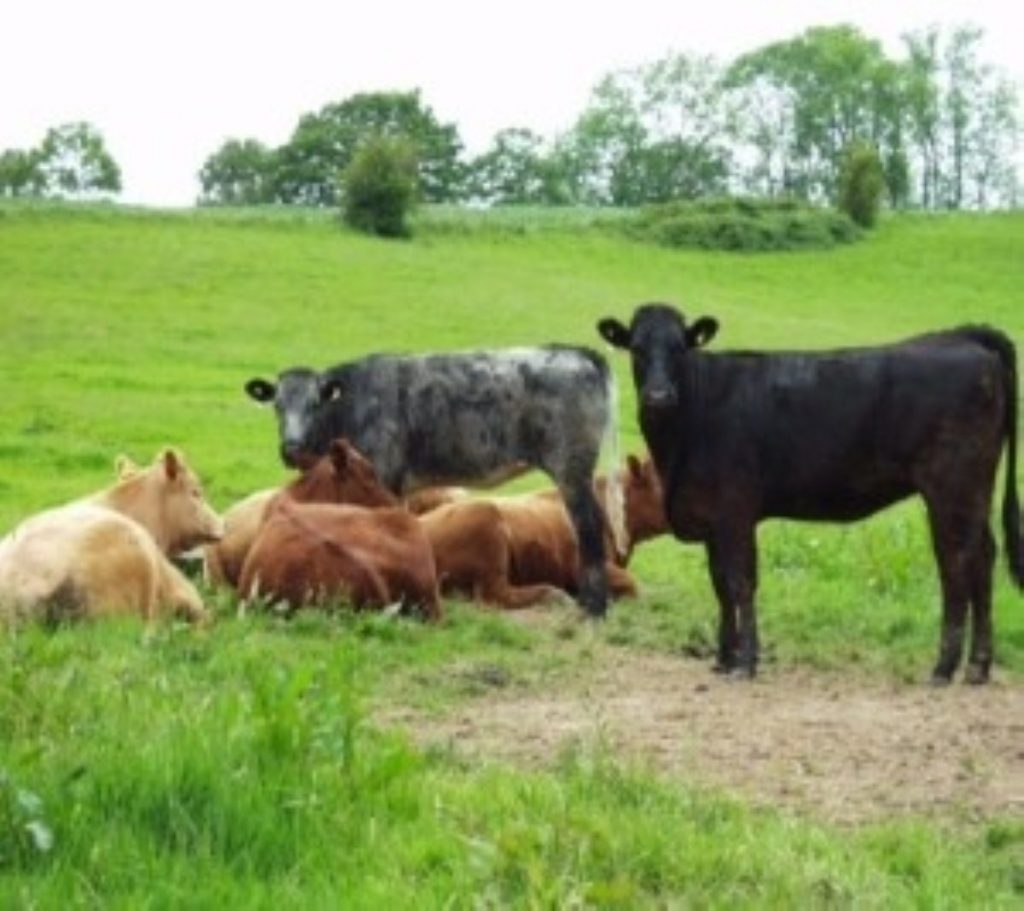New vaccines could eradicate cattle plague
Cattle plague, or rinderpest, may soon follow smallpox to become the second infectious disease to be completely eradicated, according to research presented today at the BA Festival of Science.
Using the latest DNA technology, Professor Tom Barrett and colleagues at the Institute for Animal Health have produced several candidate vaccines that should help in the final stages of the global rinderpest eradication programme, due to be completed in 2010.
According to the Food and Agriculture Organisation of the United Nations, rinderpest is the most dreaded bovine plague, and can quickly infect and kill entire populations of cattle and buffalo.
The virus has wrecked economic and political chaos in areas heavily dependent on dairy or beef. In 1890s an epidemic wiped out 80-90% of all cattle in sub-Saharan Africa, while more recently an African outbreak in 1982 to 84 is estimated to have cost at least $500 million.


The virus is spread through direct contact or through drinking water infected with the dung of infected animals. Wild animals and pigs can also be infected.
To allow mass vaccination to stop in the remaining parts of Eastern Africa where rinderpest is still endemic, the IAH team has produced a marker vaccine for emergency use, allowing vaccinated animals to be distinguished from those who have managed to recover from natural infection.
This was achieved by removing a protein from the rinderpest virus and replacing it with an identical protein from a related virus, which can be easily distinguished using existing diagnostic tests, Professor Barrett explains.
This develop has been made possible using a reverse genetics system for the rinderpest virus, which was developed by the IAH in 1996, and has allowed ‘molecular determinants of virulence and attenuation in this virus to be studied on a rational scientific basis,’ Prof Barrett explains.
‘This is will be important in assessing the safety of any new rinderpest vaccine before general use.’











